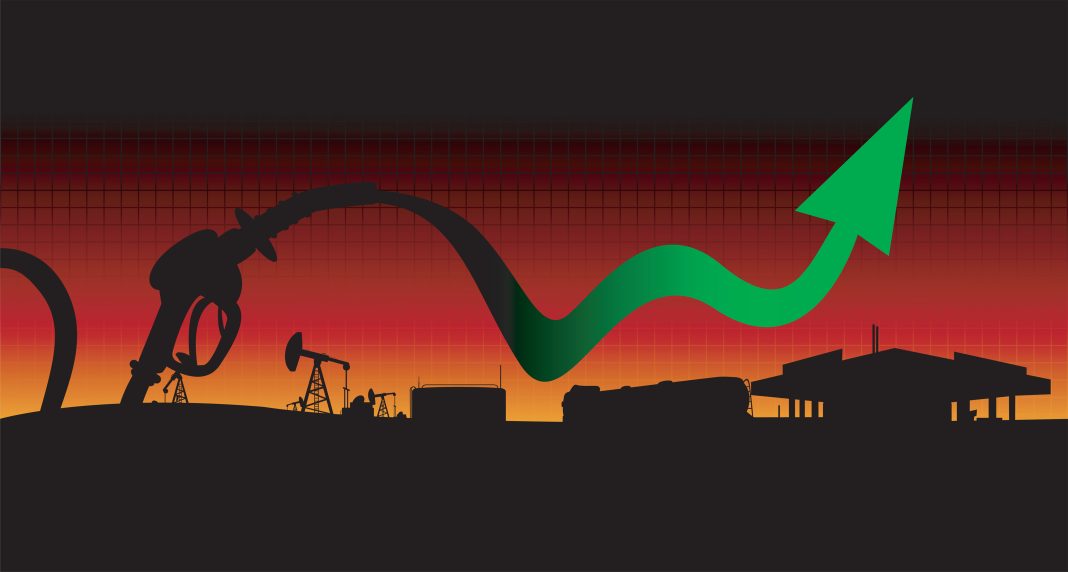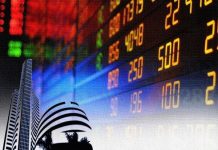Oman: The Omani stock market experienced a week of turbulent trading, fluctuating within a range since the month’s beginning, as revealed by an industry expert.
Denys Peleshok, Head of Asia at CPT Markets, expressed concerns over the market’s inability to reclaim its previous peak after a notable rebound last month, putting the main index at risk.
Various global factors influenced the market’s response this week, including interest rate decisions by major central banks. The Federal Reserve raised its interest rates and signaled a prolonged tight monetary policy due to robust US economic data.
In response, the Central Bank of Oman mirrored the Federal Reserve’s decision by increasing interest rates by 25 basis points, potentially raising financing costs and exerting more pressure on economic activity.
Peleshok commented on this move stating, “Higher interest rates could limit Omani investors’ appetite for risk which could weigh on the potential of the stock market as a whole”.
Though most sectors experienced declines, higher interest rates could benefit banks’ revenues if loan growth remains strong. However, other sectors may face additional pressure.
Volatility in company earnings also contributed to the market’s unpredictability, influencing investors’ sentiment and recovery prospects.
Peleshok suggested, “The Omani stock market could find support in improving oil prices”. Explaining that despite fluctuations, crude markets maintained a strong uptrend, driven by Saudi’s oil production reductions and a resilient US economy’s demand expectation. Chinese demand, however, remains under scrutiny.
In the GCC region, other stock markets showed relatively positive performances due to strong oil prices. Yet, as traders closely monitor changes in monetary policy, these markets could face downside risks.
Globally, the European Central Bank’s rate hike tightens the economy, impacting investor sentiment while as the German economy falters, high inflation affects risk appetite. The Omani stock market’s volatility stemmed from global economic factors and interest rate decisions, presenting both challenges and opportunities for investors in the region and beyond.







